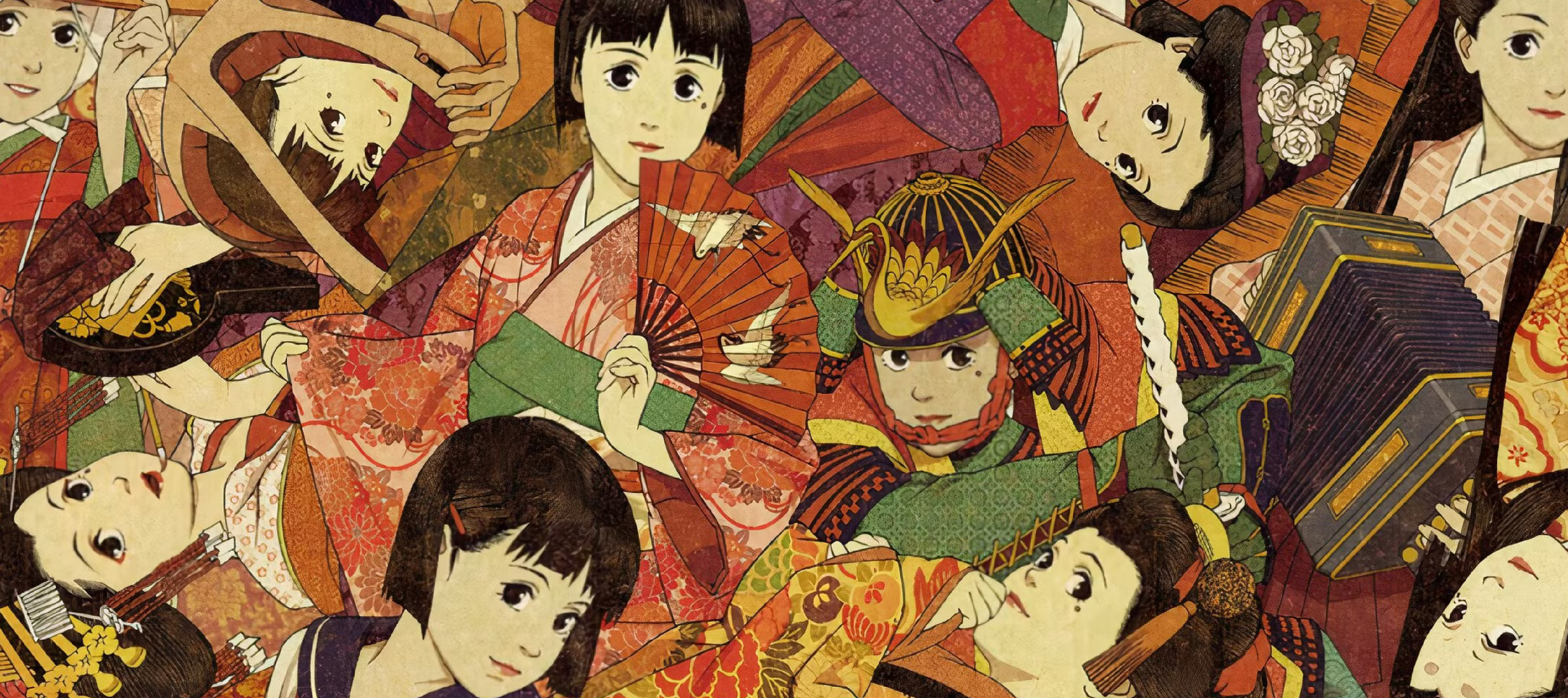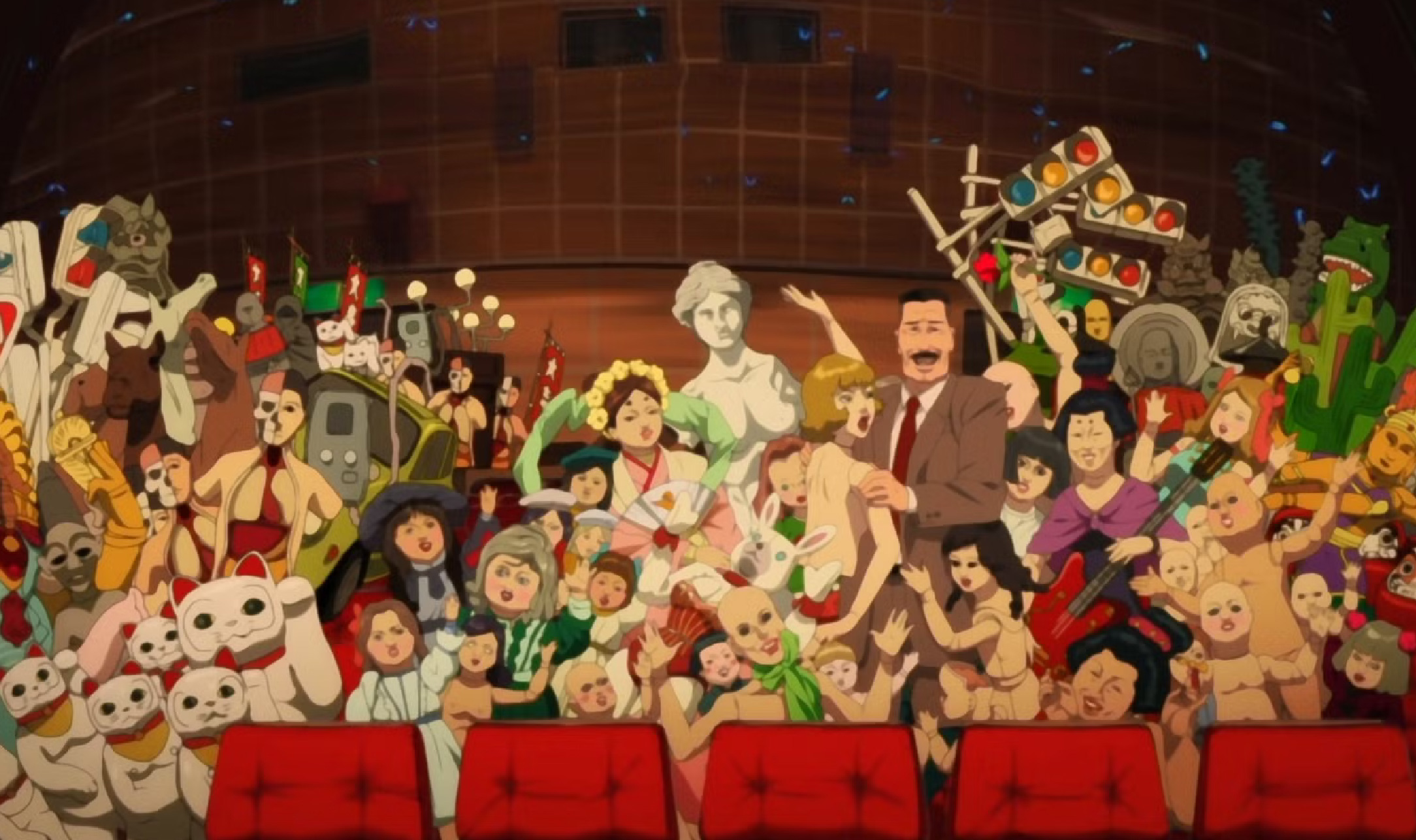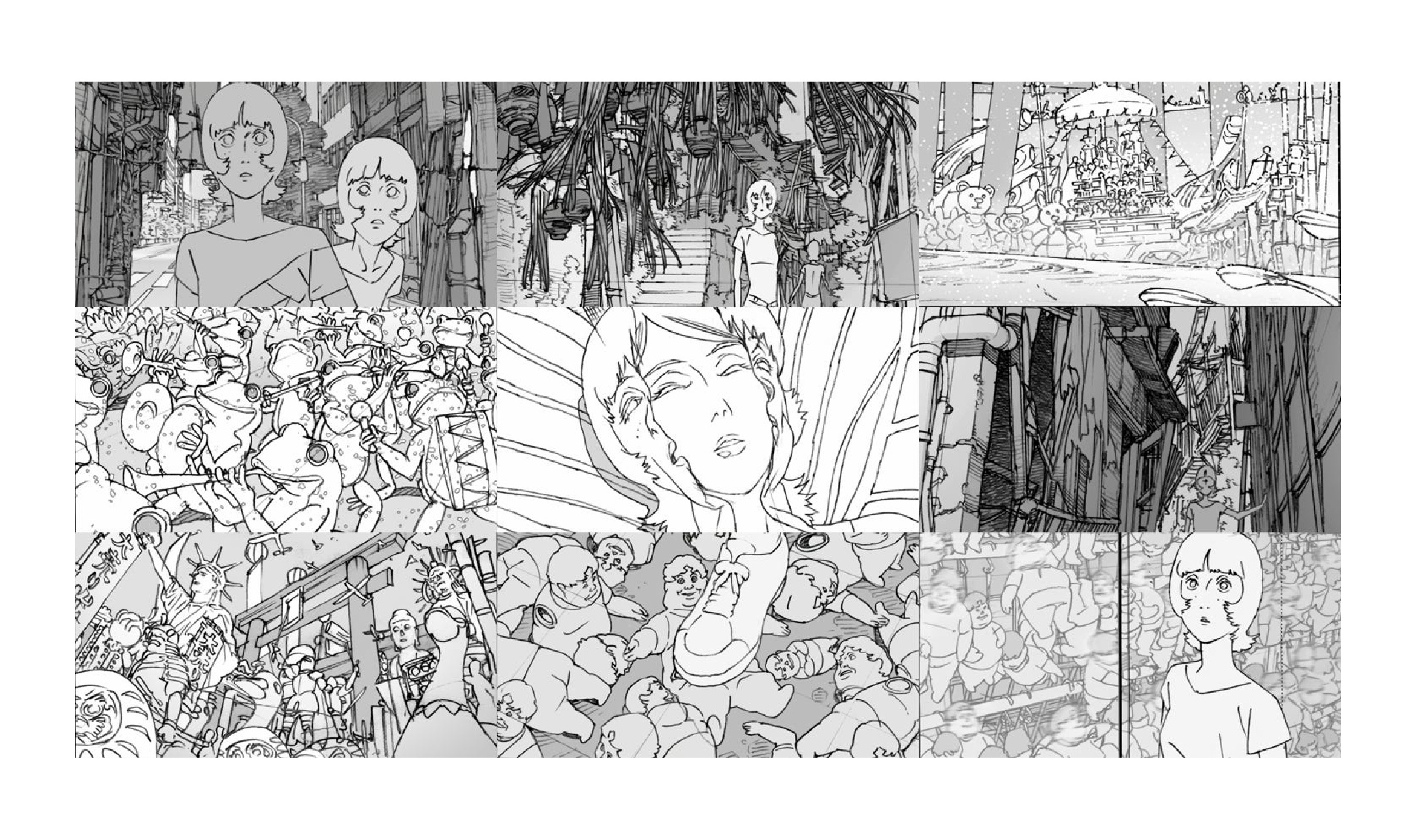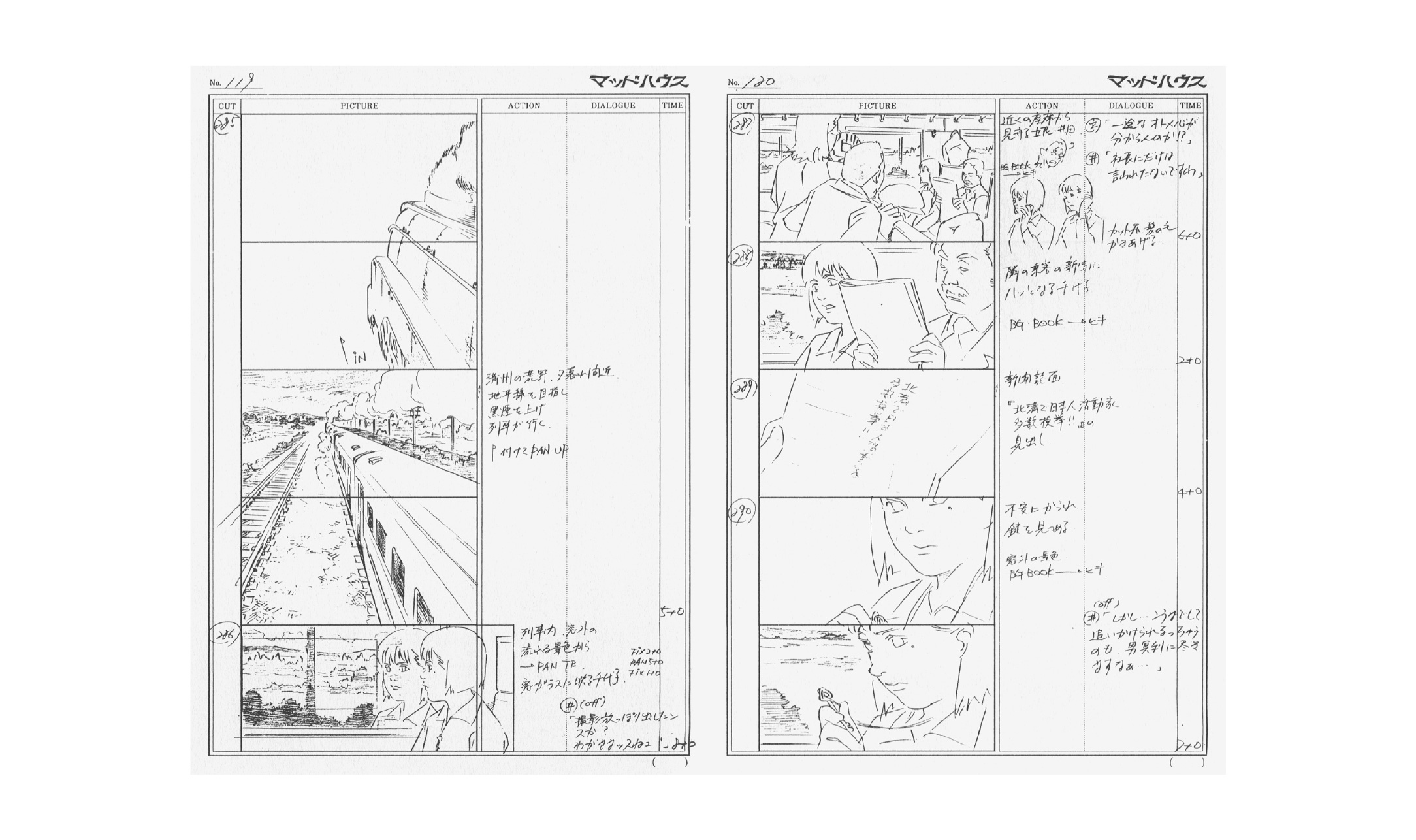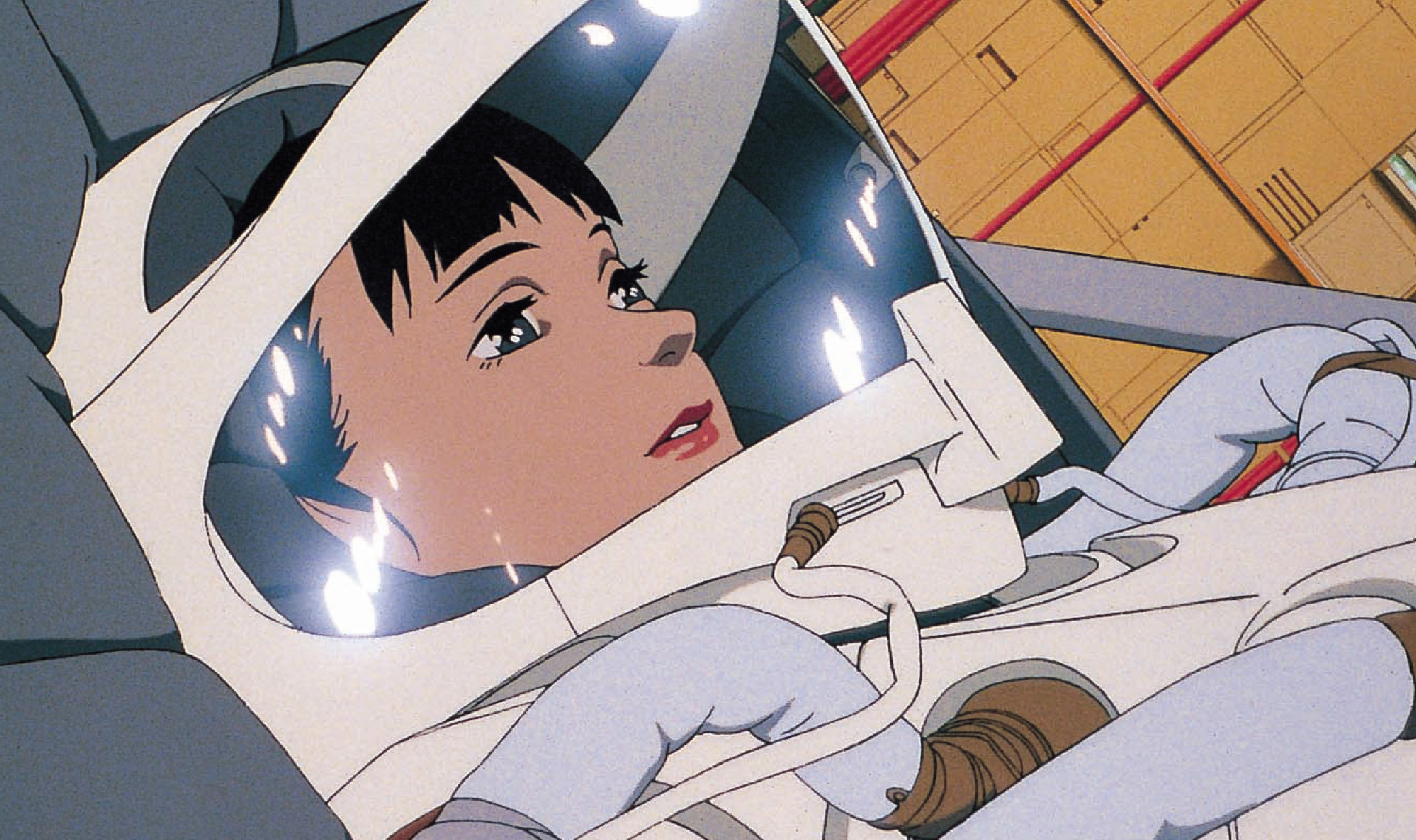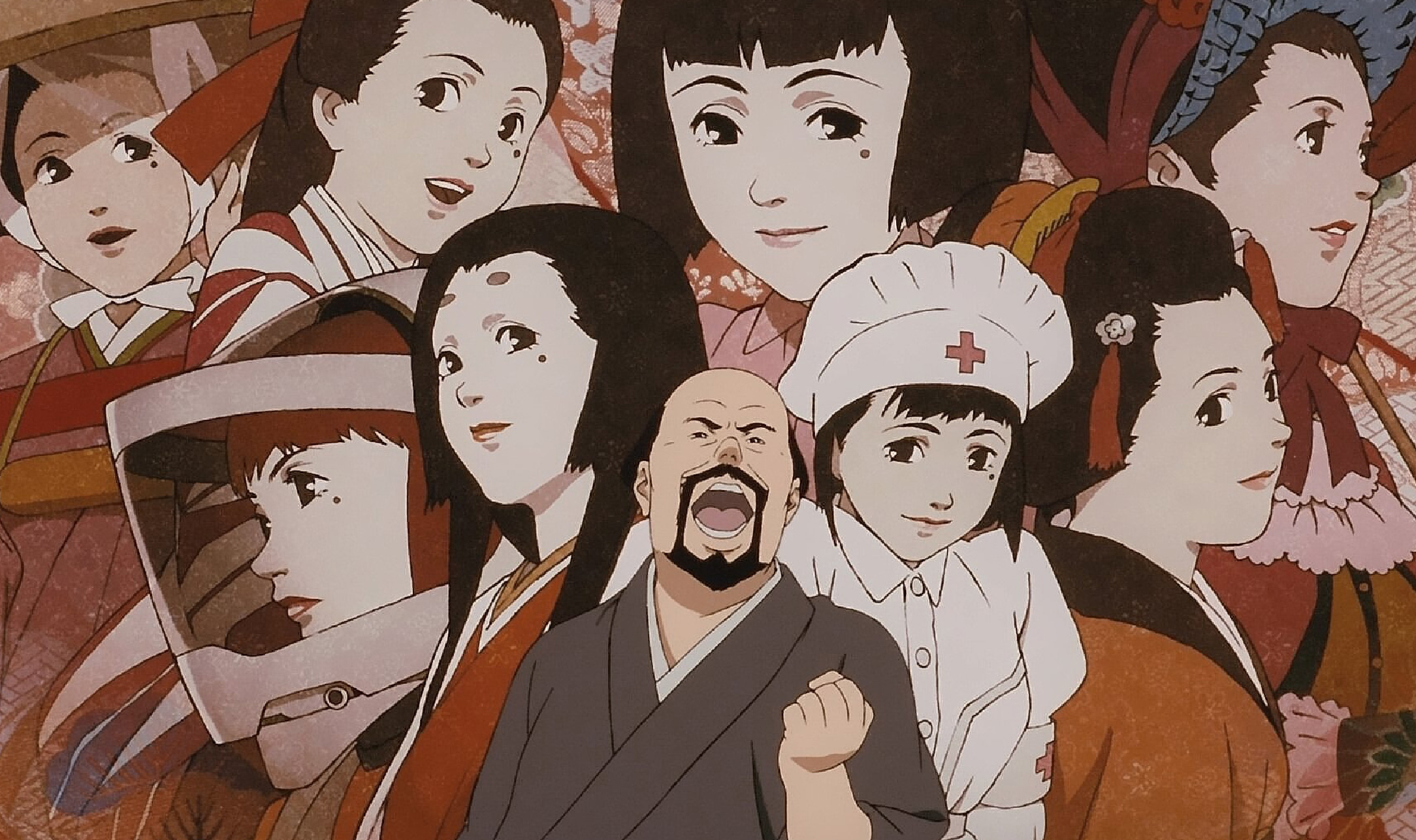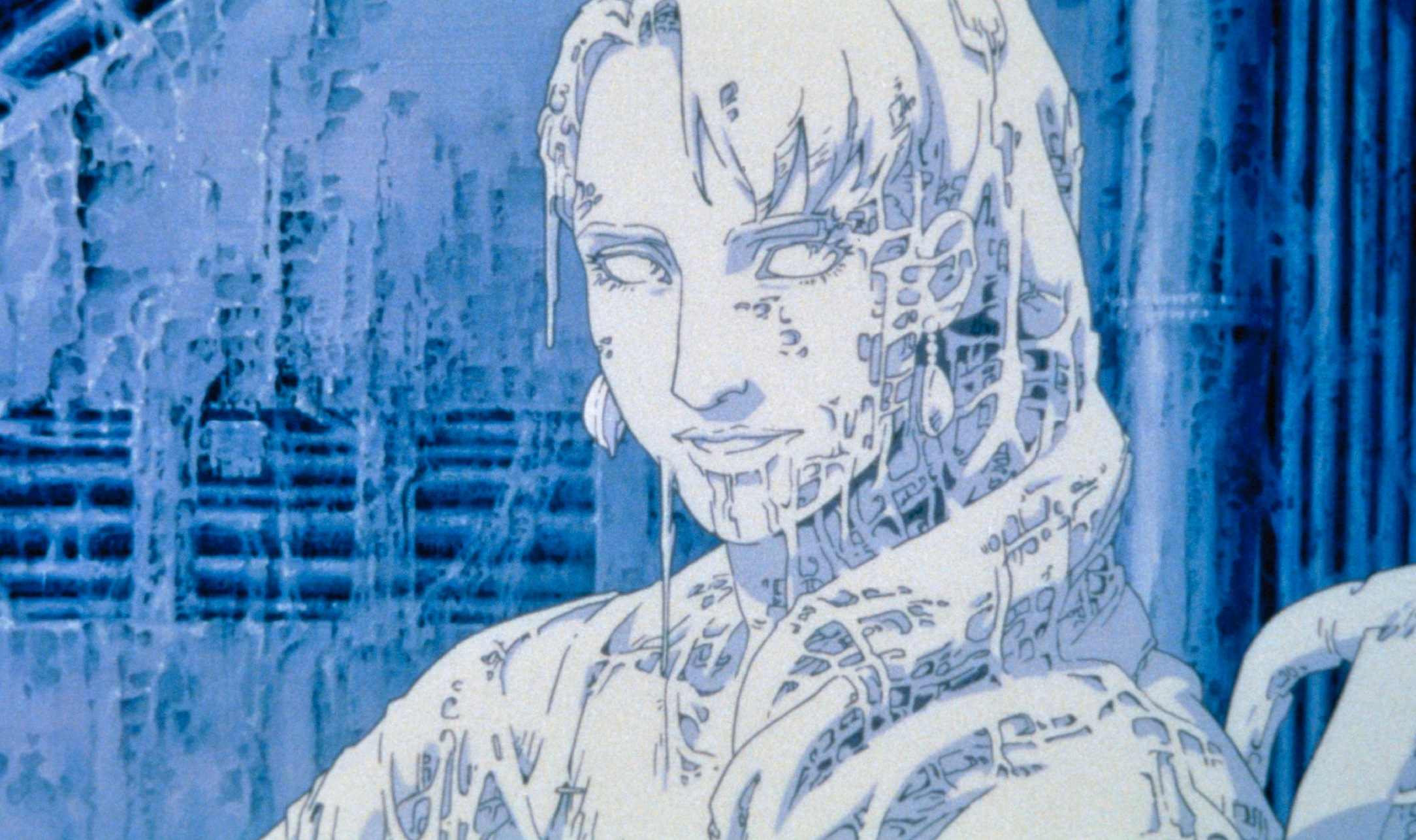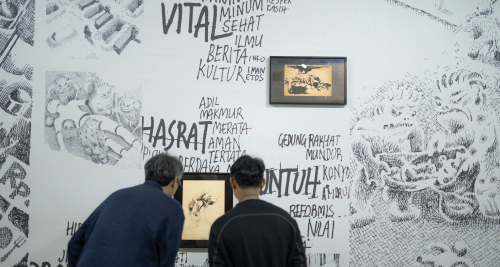Satoshi Kon: Blurring Fiction and Reality
A pop idol named Mima sits alone in her quiet room. In the corner, a computer screen displays a mysterious blog that details her life, as if written by another version of herself. Mima slowly loses control of her own identity. Her personas as an idol, actress, and her private self overlap. This scene marks the point where the boundary between reality and fantasy dissolves in Satoshi Kon’s 1997 film Perfect Blue.
In Paprika (2006), the dream world becomes an arena where logic collapses. Satoshi Kon portrays dreams as wild and unstructured. The parade of dolls, grotesque characters, sinking walls, recurring scenes, and Paprika herself appears as a carnival-like procession of enigmatic visions. He admitted that writing Paprika was more difficult than his other films since he had to maintain a rhythm to keep the dream coherent. Kon said, “... of course, I can’t think of ideas in my sleep, so when preparing the storyboard, I actively utilized the idea of ‘association’.”
“In this process, I see things around me, like collections of paintings and photos, music and creations at our work, my dreams and experiences, and conversations with the staff. And from there, an image occurs, and I keep associating the images vaguely to other things, and after a while, I come across this image that I never would have even expected,” he added.
Satoshi Kon was born in 1963. He attended Musashino College of Arts, initially intending to become a painter or illustrator. During college, he became interested in manga and submitted works to Young Magazine. There he met Katsuhiro Otomo, who later became his mentor. Otomo invited him to work on the project Roujin Z. After that, Kon wrote the screenplay for Magnetic Rose in the anthology Memories. Writing a story was not new to him since he had been a manga artist before. However, for Kon, “The process of creating a story with just words - without drawings to carry things along” was a real challenge.
Kon stated that he was influenced by everything he had encountered in life. He learned a lot from Osamu Tezuka and Katsuhiro Otomo in manga, Hayao Miyazaki in animation, Yasutaka Tsutsui and Haruki Murakami in literature, and Akira Kurosawa and David Lynch in film. Katsuhiro Otomo had a strong influence on him, especially in his depiction and narrative style, inspired by the New Wave manga movement initiated by Otomo and his contemporaries.
The concept of merging reality and fiction became the central theme of almost all of Satoshi Kon’s works. He repeatedly depicted the relationship between "fiction and reality" with various approaches in each project. In Millennium Actress (2001), Kon takes the audience through the life journey of an elderly actress via a fictional interview. The film blends fragments of memory, film roles, and actual life. Kon wanted to explore how life and fiction affect each other. The series Paranoia Agent (2004) continued the exploration of identity and social pressure. Kon viewed this series as a portrait of Japanese society, particularly about collective escape and pressure. On the surface, Tokyo Godfathers (2003) seems more linear, without the motif of merging fiction and reality. Still, Tokyo Godfathers includes devices where "fiction" in the form of "miracles and coincidences" is sequentially introduced into the real lives of Tokyo’s homeless characters.
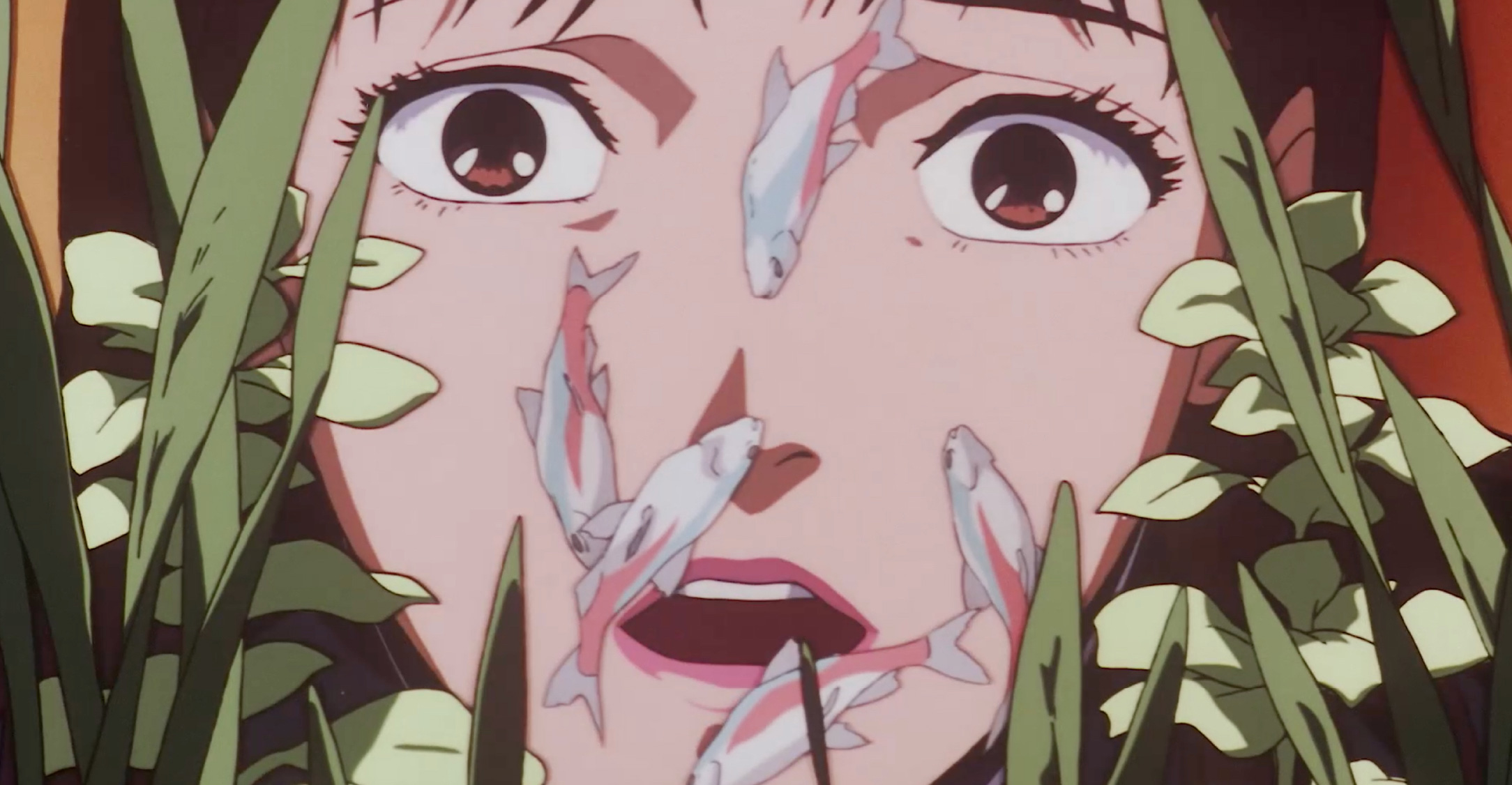
Equally interesting in Kon’s concept of reality merging is the emergence of the Internet as a second world, akin to a new dream space full of freedom and danger. The depiction of the Internet in Perfect Blue immediately reminds us of the blurred lines between public and private life in today’s influencer era. In an interview, Kon described how the phenomenon of the Internet parallels the phenomenon of dreams: “For example, dreams take place at night. You enter into a very vast universe. The internet is the very same thing. Fanatics log on to the internet at night. In both cases, two universes remove us from reality.” This idea was also realized in Paprika, which equates the Internet and dreams as tools for expressing human limitations.
In 2010, Satoshi Kon passed away from pancreatic cancer. His passing left a space in the world of animation and global cinema. Despite his short career, his legacy resonates widely. Filmmakers, animators, and writers continue to find inspiration in his way of manipulating narratives. Among them is Christopher Nolan, who was inspired by Paprika when making Inception. The idea of layered dreams, reality-swallowing dreams, and mental architecture cracking became the foundation of Inception. Darren Aronofsky bought the remake rights to Perfect Blue so he could reference a scene in Requiem for a Dream. This connection became even clearer when Aronofsky made Black Swan, about a dancer spiraling into a loss of self, echoing Mima in Perfect Blue. Kon taught that the boundary between reality and illusion is nothing but a fragile construct.
